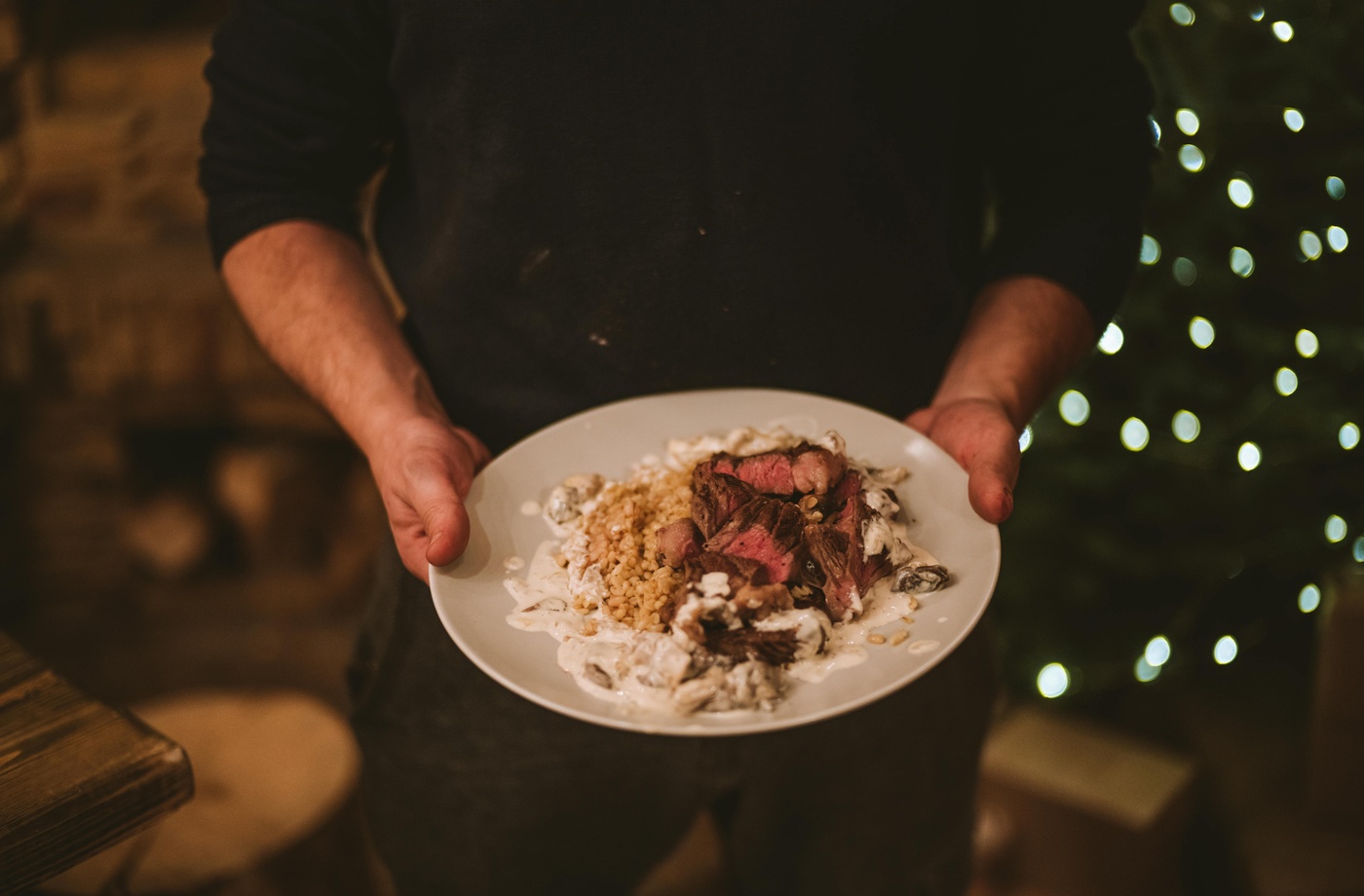Root to leaf cooking is a movement that’s as practical as it is sustainable. At its heart, it’s about reducing food waste by making the most of every edible part of your vegetables—roots, stems, leaves, and everything in between. Whether you’re trying to stretch your grocery budget, cook more creatively, or embrace a zero-waste lifestyle, full-vegetable cooking offers both flavor and purpose.
Why Root to Leaf Matters
According to NPR’s kitchen waste reports, roughly 30–40% of the food supply in the U.S. is wasted. A significant portion of that comes from produce tossed out due to unfamiliarity with how to prepare it or assumptions that parts like beet greens or broccoli stems aren’t edible. Learning to cook from root to leaf helps shift this mindset while honoring the full value of the food you’ve purchased.
Underrated Edible Parts You Shouldn’t Toss
- Carrot Tops: Blend into a vibrant pesto or stir into grains like couscous and rice.
- Beet Greens: Sauté like spinach or use raw in salads for a slightly earthy bite.
- Broccoli Stems: Slice thin for stir-fries or grate into slaws.
- Radish Greens: Peppery and perfect for pestos or quick sautés.
- Celery Leaves: Bright and aromatic—use as a garnish or in soups for added depth.
- Cauliflower Cores and Leaves: Roast or steam like florets for no-waste cauliflower recipes.
Tips for Cooking Root to Leaf
- Wash well: Dirt tends to hide in stems and leaves, so rinse thoroughly.
- Use stems first: They often take longer to cook than leaves, so add them earlier.
- Mix and match: Combine less common parts (like turnip greens) with familiar ones (like kale) for more balanced flavor.
- Preserve extras: If you can’t use everything right away, freeze leaves for broth or blend into sauces and pestos for later use.
A Mindset Shift in the Kitchen
Root to leaf cooking encourages resourcefulness and creativity. It transforms what might have gone to waste into flavorful, nutritious components of a meal. Once you start thinking beyond the “main” parts of a vegetable, you’ll discover a whole new world of textures and flavors.
Full-vegetable cooking is a simple step toward more sustainable habits. It not only helps the planet, but also adds variety and depth to your home cooking—without requiring anything fancy or complicated.
SEO Keywords:



